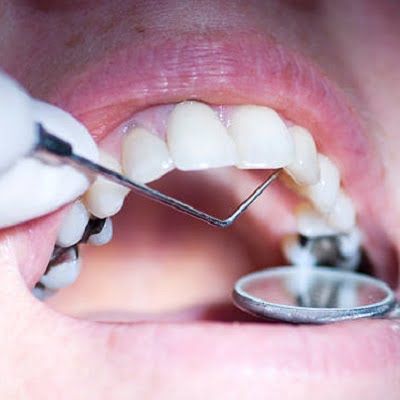
Dental filling in Islamabad are an ordinary and necessary dental procedure used to repair and restore teeth damaged by decay, injury, or other factors. With various filling materials available, it’s essential to understand the different options and their safety profiles to make an informed decision.
In this comprehensive blog, we’ll explore the safest methods of dental filling, the materials used, and the factors to consider when choosing.
Safest Dental Filling Options
The safest dental filling options can vary from one patient to another. Here’s an overview of the safety profiles of commonly used dental filling materials:
Composite Fillings:
Composite fillings are considered one of the safest and most versatile options. They are free of mercury and other potentially harmful metals, making them a safe choice for individuals concerned about their health.
Additionally, composite fillings bond directly to the tooth, providing excellent structural support. They are widely used for front and back teeth and offer excellent aesthetics.
Ceramic Fillings:
Ceramic fillings are also highly safe and biocompatible. They are free of metals and closely resemble natural teeth, making them an excellent choice for those who prioritize aesthetics. Ceramic fillings provide a robust and long-lasting restoration that minimizes the risk of further dental issues.
Amalgam Fillings:
Amalgam fillings, despite their long history of use, have raised concerns due to their mercury content. While they are considered safe by major dental organizations, some individuals may prefer to avoid them for peace of mind, primarily if they have known mercury sensitivities. If you are considering amalgam fillings, consult your dentist to discuss any concerns and potential alternatives.
Factors to Consider When Choosing a Dental Filling:
The choice of dental filling material should be based on various factors, including your dental health, personal preferences, and dentist’s recommendations. Here are some additional factors to consider when making this critical decision:
Tooth Location:
The tooth’s location needing a filling can influence the material choice. For front teeth visible when you smile, composite or ceramic fillings are often preferred for their aesthetic appeal. For back teeth that bear the brunt of chewing forces, durability may take precedence, making gold or composite fillings viable options.
Allergies and Sensitivities:
As mentioned earlier, if you have known allergies or sensitivities to specific materials, it’s crucial to discuss these with your dentist to avoid potential adverse reactions.
Budget:
Your budget may impact your choice of dental filling material. While safety is paramount, it’s essential to consider the cost and explore financing options if necessary.
Long-Term Goals:
Consider your long-term dental health goals. If you aim to preserve your natural teeth for as long as possible, choosing a durable filling material may be more critical. On the other hand, if aesthetics are your primary concern, composite or ceramic fillings are likely the best choice.
The Bottom Line!
Selecting the safest method of dental filling is a crucial decision for your oral health. While amalgam fillings have been used for generations and are considered safe by major dental organizations, concerns about mercury have led to increased interest in alternative materials like composite, ceramic, and gold fillings. The choice ultimately depends on your needs, including tooth location, allergies, budget, and long-term goals.
When making this decision, consult with your dentist at SKN Cosmetic Clinic Islamabad, who can provide guidance based on your unique circumstances and help you choose a dental filling material that ensures both safety and long-lasting oral health. Remember that maintaining good oral hygiene and regular dental check-ups are essential for the success of any dental filling, regardless of the material chosen. Your dentist will monitor your fillings and ensure they remain safe and effective over time.
